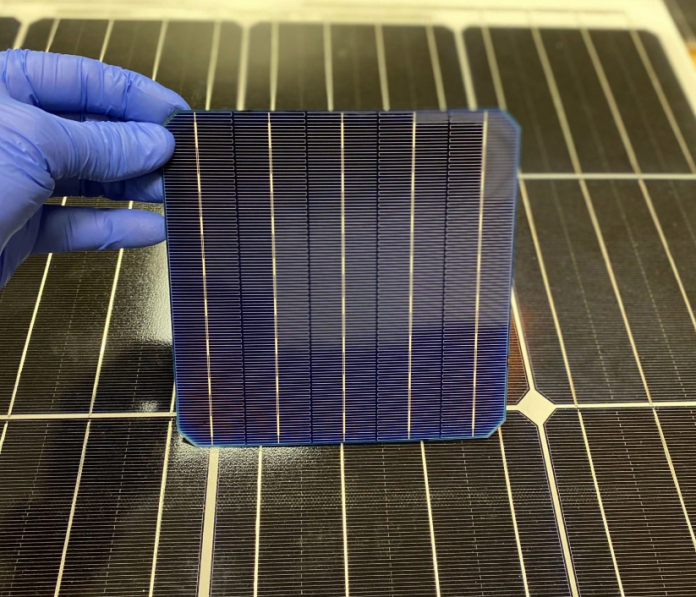Improving solar cells can be a slow process, as there are many variables that can be altered for changes in power output, including materials used, structural arrangement, and thickness, among others. Computer simulation has sped up this process, but modeling has been limited in its data granularity.
While prevailing computer models only show the power output of a given configuration, a new model co-developed by the Massachusetts Institute of Technology (MIT) and Google can show how a change in each parameter changes the output. The findings were published in Computer Physics Communications.
“It tells you directly what happens to the efficiency if we make this layer a little bit thicker, or what happens to the efficiency if we, for example, change the property of the material,” said Giuseppe Romano, research scientist at MIT Institute for Soldier Nanotechnologies. “Our tool can identify a unique set of material parameters that has been hidden so far because it is very complex to run those simulations.”
The tool can simulate different layering and thickness, different doping levels on each layer, and help direct decision-making around these parameters. The research team said the tool is open-source and ready for improvements, including connecting it to optimization algorithms and machine-learning.
Currently, the simulator is a one-dimensional version of a solar cell, so the next step for the tool is the development of 2D and 3D models. Romano said the one-dimensional model can cover most cells under production, but tandem cells are not able to be simulated wholly by the tool and can only be approximated.
Romano said the research team is excited about the program now being open-source, as anyone in the field can build new capabilities.






